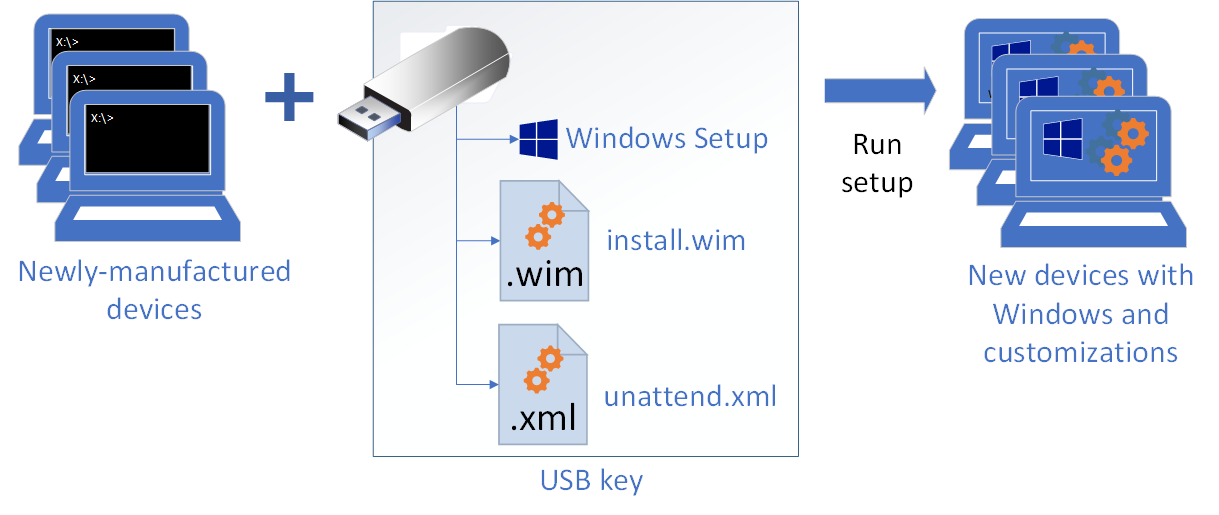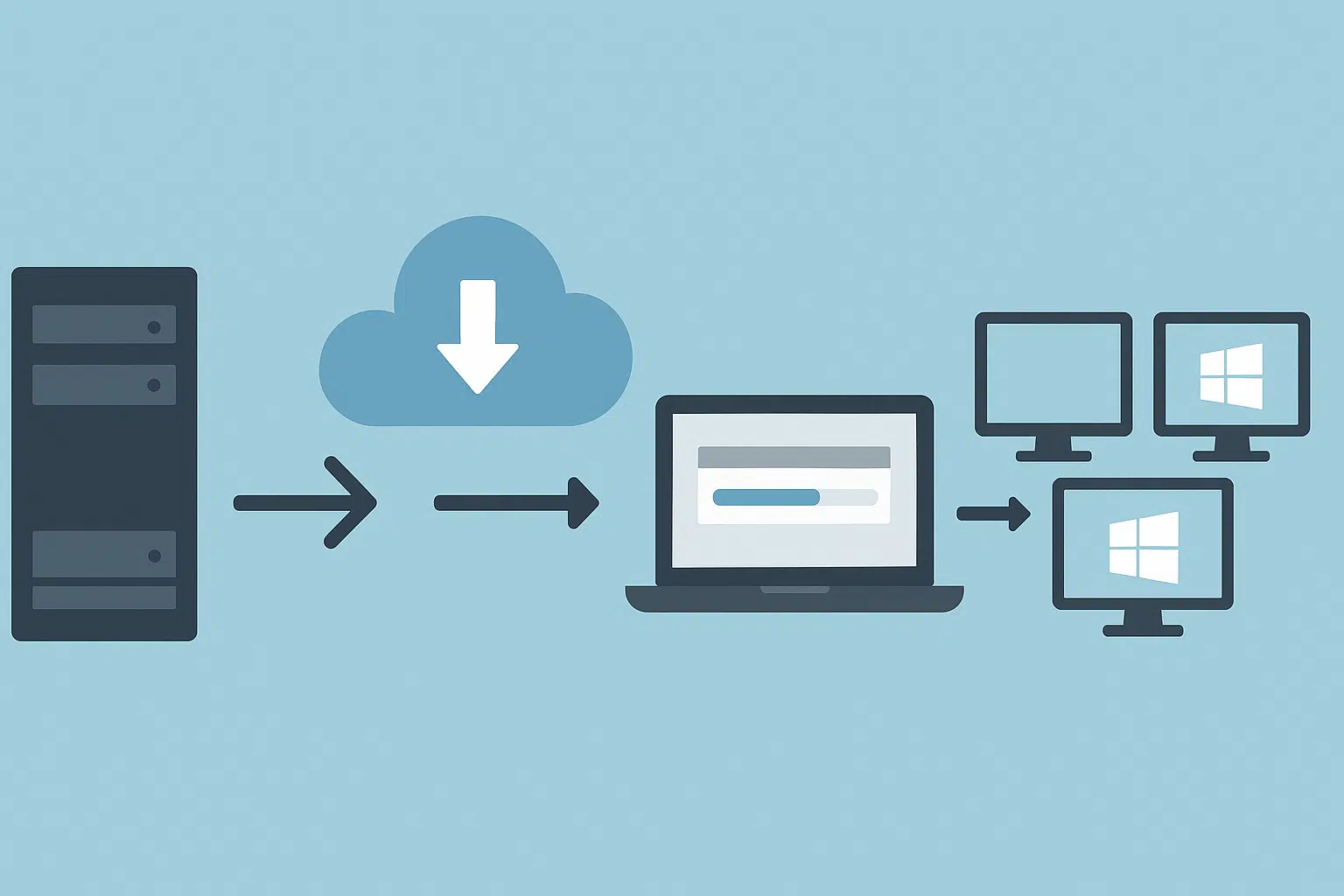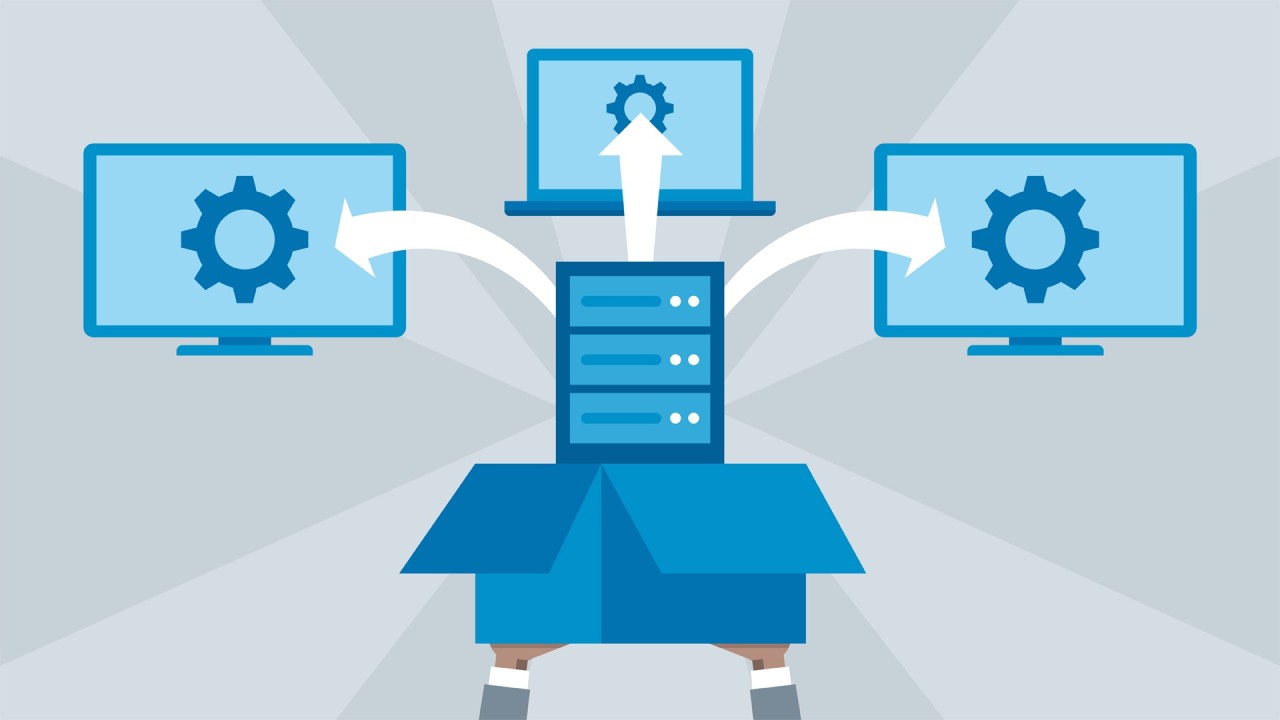- Allows you to configure every aspect of the installation Windows 11, from language to partitions
- Automates user creation, bloatware removal, and visual system customization
- Includes integration with virtual machines such as VMware, VirtualBox and Proxmox
- Supports script execution PowerShell and CMD for advanced tasks

In the world of automated installations OS, the files autounattend.xml are essential tools to save time and ensure that each installation follows the same parameters. If you need to automate the installation of Windows 11 and you want to customize the end-user experience as much as possible, you've come to the right place.
This article is a 100% practical guide in Spanish to get the most out of the incredible free online tool of schneegans.de, with which you can generate files autoattend.xml Complete, from modifying the system architecture to removing bloatware. Below, we break down all of its features in detail and with easy-to-understand explanations.
What is an autounattend.xml file and why do you need it?
A file autoattend.xml It's basically a script that tells the Windows installer how to proceed step by step, without you having to touch the keyboard. You can automate everything from language selection to user account creation, including product keys, disk partition layout, File Explorer settings, application installation, network configuration, and much more!
The best of all is that This file runs automatically if you are at the root of a device USB connected when starting the Windows installer. Translated: You create it once, you use it a thousand times.
Autounattend.xml generator from schneegans.de: The complete solution
generator schneegans.de It allows you to configure every imaginable aspect before and after installing Windows 10 or 11. From basic options like language to advanced security settings and custom scripts, this tool is incredibly comprehensive. Let's break down each configuration block so you can get the most out of it.
Language and region settings
One of the first steps is to choose how Windows will behave regarding language and keyboard. You can set primary and secondary languages, as well as keyboard input methods. By checking the appropriate options, you can force the system to use that language from the start.
In addition, you can indicate the main location to have apps and Windows display localized content, such as currency, date formats, and more. It's also possible to force this setting to be chosen during installation (interactive mode), although it's more common to automate this completely.
Processor architecture
The system allows generating a file valid for several architectures (e.g. x64 and ARM) simultaneously. This results in very useful if you use multiple images with hardware different.
Installation process settings
- Skip hardware requirements: You can force install Windows 11 even if your computer doesn't meet requirements such as TPM or Secure Boot.
- Install offline: allows you to skip the need to be connected to the Internet during initial setup.
- Hide PowerShell: very useful to not show windows commands during the process.
Name of the team
Set the team name in three ways:
- Let Windows assign a random one
- Choose a fixed one as 'PC-OFFICE'
- Use a script of PowerShell to define it dynamically
This last method is ideal for business environments with large amounts of equipment.
Configuring Compact OS
Decide whether you want Windows to use its compact format to save space. You can leave it up to the system or force it to be enabled or disabled.
Time zones
Another useful feature is that you can decide whether Windows should automatically detect your time zone or if you prefer to assign a specific one, such as "Romance Standard Time" for Spain or "Pacific Standard Time" for California.
Disk Partitioning and Formatting
One of the most comprehensive parts of the generator. You can:
- Allow user to choose partitions during installation
- Set up an automated schema (GPT or MBR)
- Create specific partitions for system, recovery, etc.
- Provide a script
diskpartpersonalised to control down to the millimeter how the disk is structured
It also allows you to decide where Windows will be installed when the script finishes, such as on the available partition or on a specific one.
Windows Edition and Product Key
Allows you to use a generic key from Microsoft for installation, enter your own custom one or even use the one stored in the firmware (BIOS/UEFI) of your computer.
Additionally, you can indicate how to select the image to install within the file .wim: by index, name or description.
Creating user accounts
One of the most practical functions: you can Enter the username and password that will be created automatically (local users), as well as their role (administrator or limited). This avoids having to use Microsoft online accounts.
You can too:
- Automatic login with the created user
- Activate the built-in administrator account
- Hide passwords in the
.xmlencoding them in Base64
And if you prefer, you can create an account during installation, either online or locally, interactively.
Password expiration and account lockout
Control whether passwords expire (as in many companies) or never need to be changed. You can also define account lockout policies after failed attempts.
File Explorer Settings
Among the options you can modify are:
- Show or not show hidden files
- Show file extensions
- Use the classic context menu (Windows 11)
- Open the browser in "This PC" instead of "Quick Access"
Appearance of the taskbar and start menu
You can customize:
- Taskbar position (centered or left-aligned)
- Remove buttons like Task View or Widgets
- Always show tray icons
- Remove default pinned icons and add your own with XML/JSON
Disabling system functions
One of the largest sections. You can disable:
- Windows Defender
- Windows Update
- Account Control (UAC)
- smart app control
- SmartScreen
- Fast Startup
- System restore
- Automatic Updates
- Automatic restart after updates
Additionally, you can enable features like long paths in Windows, enable remote desktop, harden permissions on C:, allow PowerShell script execution, remove C:\Windows.old and more.
Virtual Machine Support
The generator allows you to automatically add the necessary tools for environments such as:
- VMware Workstation
- Oracle VirtualBox
- Proxmox VE (VirtIO and QEMU Agent)
Esto facilitates a smoother installation and with all drivers and services ready from the start.
Wi-Fi settings
If you need wireless connectivity, you can:
- Configure Wi-Fi manually
- Skip this step if you are using cable
- Use a profile exported from another computer with
netsh wlan export profile
Esto avoids having to enter passwords manually during installation.
Quick Settings
You decide whether or not you want Windows to enable sending data to Microsoft such as:
- Diagnostic data
- Location history
- Personalized recognition
You can also let the user configure these options during OOBE.
Lock and Accessibility Key Settings
You can predefine how keys will be by default like Caps LOCK, Num Lock o Scroll Lock. You can also disable or configure the special keys from the beginning.
visual customization
Defines aspects such as color theme (dark, light or custom) and set the desktop background with:
- A solid color
- A script that downloads the image from the internet
Remove system apps (bloatware)
Windows 10 and 11 include several pre-installed apps that not everyone wants: Xbox, Clipchamp, News, Paint 3D, Cortana, Calculator, and more. You can check the boxes you want to remove, and they'll be automatically removed during installation.
Insert custom scripts
Additionally, you can add scripts .ps1 o .cmd to execute tasks at different times in the process, such as:
- Install applications like Chrome or Firefox
- Download and install necessary components
- Add entries to the registry
- Change the user directory to another disk
This allows for full customization and advanced automation.
Windows Defender Application Control (WDAC) Configuration
It allows you to apply a basic security policy to limit which applications can run, useful in professional environments. The system supports audit or strict execution modes, and even restricts the use of PowerShell scripts.
Add custom XML
Additional XML content can be included to configure components not yet integrated into the generator, providing greater flexibility.
file download
When finished, you can download the file autounattend.xml or your version notautounattend.xml for manual use. You can also get an image .ISO which is ideal for virtual machines or automated deployments.
How to use your autounattend.xml file in practice
With the file in hand, you can deploy it according to your installation scenario:
- Installation from DVD: Copy the file to a USB stick and boot from the DVD.
- From USB: creates a Bootable USB with Windows and place the file in the root.
- VMware: Attach the file in ISO format as an additional CD/DVD.
- VirtualBox: Mount the ISO and perform the installation without manual interaction.
- nextmox: Upload the ISO file along with the VirtIO drivers and the Windows ISO.
- Hyper-V: Attach the ISO as a secondary optical drive.
A structured, detailed, and visual way to prepare your Windows installations can save hours, reduce errors and improve the experience of the user or the technician. The schneegans.de tool makes it easy to design complete, customized installations without the need to manually write XML, a significant advantage for technicians, businesses, and enthusiasts seeking efficiency and control in their deployments.
Passionate writer about the world of bytes and technology in general. I love sharing my knowledge through writing, and that's what I'll do on this blog, show you all the most interesting things about gadgets, software, hardware, tech trends, and more. My goal is to help you navigate the digital world in a simple and entertaining way.



